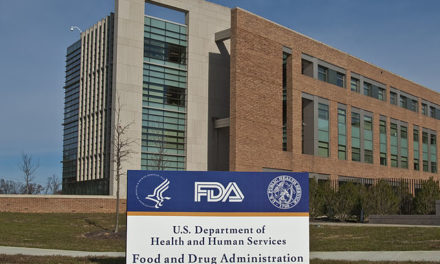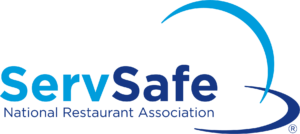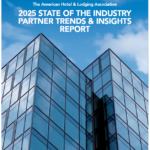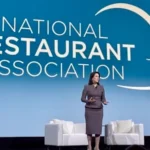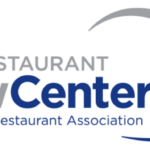While Washington businesses have been fully open for a while, it’s no secret that many continue to struggle from the lingering impacts of the pandemic. Supply chain disruptions, a reduced labor pool, debt obligations, and inflation are just some of many financial and operating challenges facing small businesses owners.
Keeping a sharp focus on your costs and adjusting your business practices as necessary can be key to survival. In this article, we look at ways to lower food and drink costs. Next week we’ll publish another article with labor cost-saving ideas.
Rising prices doesn’t mean you have to live with 40% food costs. Here are eight ways you can lower your food and drink costs.
Track your food costs
Make sure you are tracking your food costs and usage so you can identify the food that is costing you the most and plan based on your stock. If you know how much you use, you might be able to skip a delivery and double up your order next time. Washington Hospitality Association members can access our food cost calculator, which can help you determine your usage and costs.
Track the leftovers
Pay attention to the food that is routinely left on plates. Those are the dishes on which you should control portions.
Streamline your menu
Not only has academic research shown that people prefer a smaller menu, but it is one of your biggest tools in cutting costs.
Minimize suppliers
This goes hand in hand with streamlining your menu and cutting food waste. If you can cut a menu item and consolidate suppliers, you can save money through bulk purchasing. Have you talked with our team about the benefits of joining our Group Purchasing Organization?
Have a featured entrée or item
Customers are more likely to try a ‘special’ or limited menu item. One of the many benefits of having a concise menu is that these items really stand out. These can help you get rid of product, and can also rotate to feature a dish with seasonal ingredients. Another win-win — customers like the fresher ingredients and the diversity while you will appreciate the lower food costs.
Don’t forget to FIFO!
Most restaurants use the first in, first out method to use the oldest product first, but it’s important enough to repeat. Make sure it is top of mind for your manager, and that you comply with food code requirements for date marking. And don’t forget, all food establishments must have a Certified Food Protection Manager in place by March 1, 2023. Don’t wait until the last minute as training slots are expected to fill up quickly. Training Manager Kelsi Mayther () can provide you with additional information.
Portion whatever you can
The quick-service sector has perfected this practice and mastered efficiency, but full-service restaurants are less likely to use pre-portioned ingredients. Not only does this help lower food (and drink) costs, but it helps speed up the kitchen, moving customers through the restaurant faster. It also gives employees something to do at the beginning of their shift when there is often downtime and underutilized labor before the dinner rush.
Keep an eye on your bar
You might trust your employees, but a common form of employee theft involves expensive liquor. Make sure you’re not the victim by closely tracking your stock of top-shelf liquor or locking it up. Similarly, over pouring can be an issue for multiple reasons. Consider implementing the kitchen portion control methods in the bar.
A part two to this article is coming soon with additional cost-saving tools for labor costs and marketing




